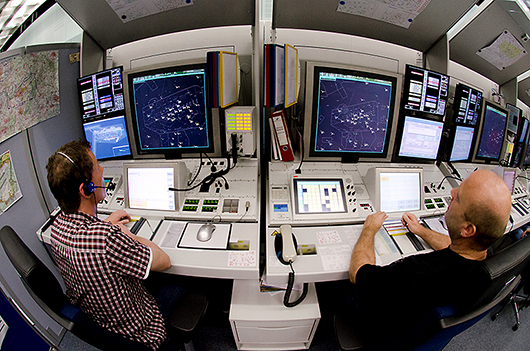
Consistently high standards
Air navigation service providers demonstrate on a daily basis their ability and competence to manage flights safely and efficiently. Less evident are the rules, standards and definitions to provide guidance on what an environmentally friendly flight looks like and information about conditions applicable to the individual traffic situation. This applies to conflicting circumstances such as the avoidance of contrail formation versus increasing carbon emissions; or circumnavigating populated areas to reduce noise while avoiding extra carbon emissions.
Without clear guidance at the regulatory level to define how to balance trade-offs in noise, carbon dioxide and other greenhouse gas forming emissions, ANSPs face particular challenges to transfer their competence into operational action in the environmental domain.







